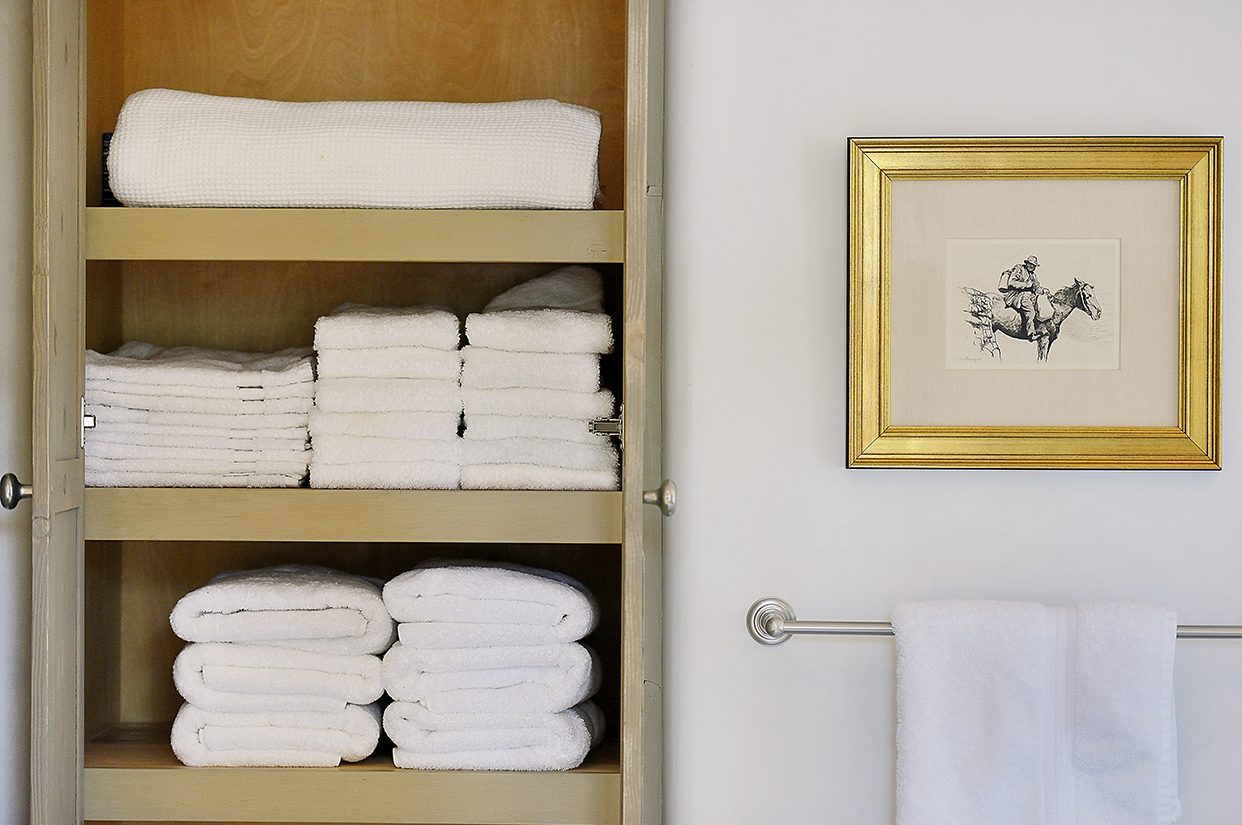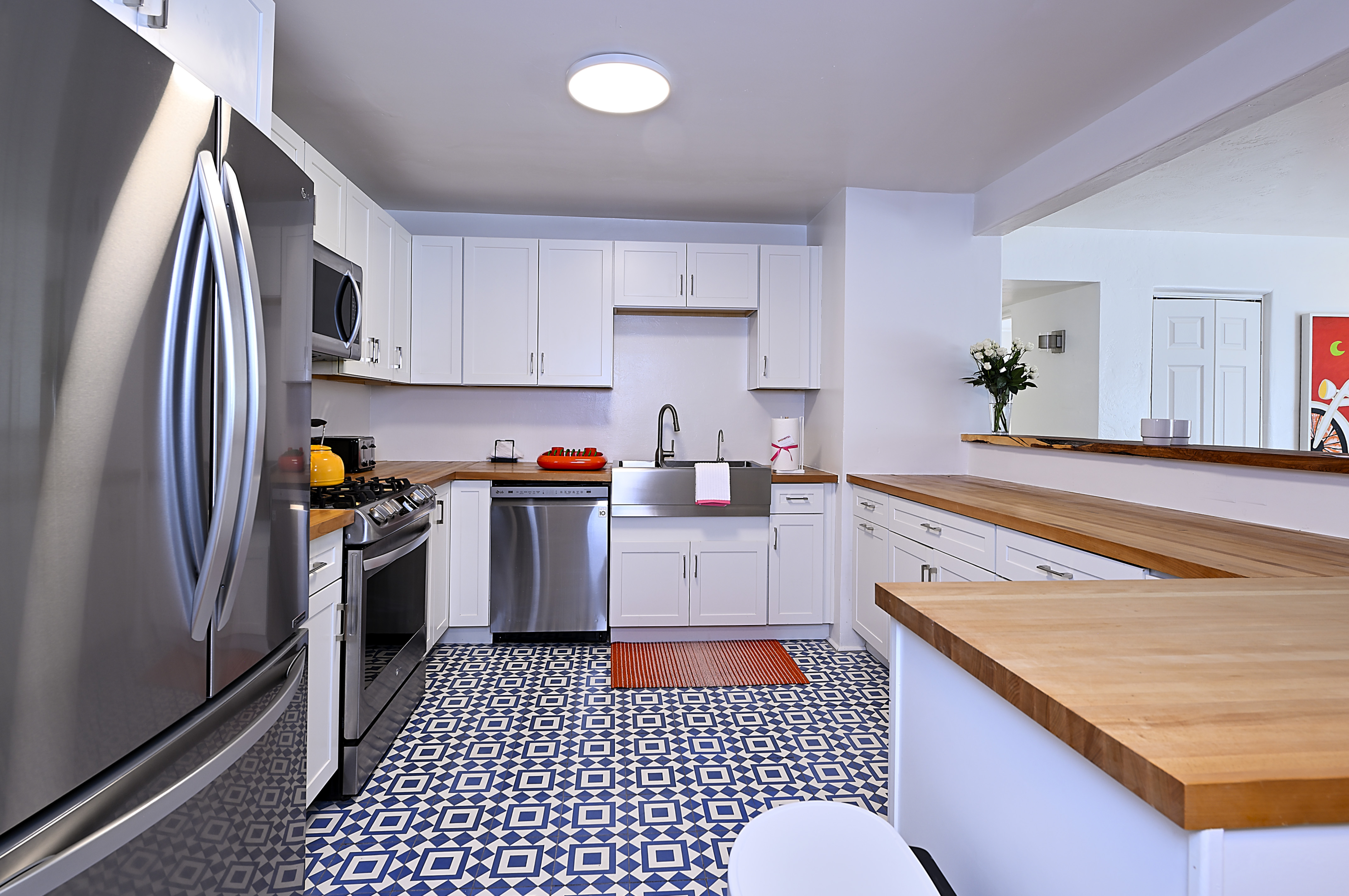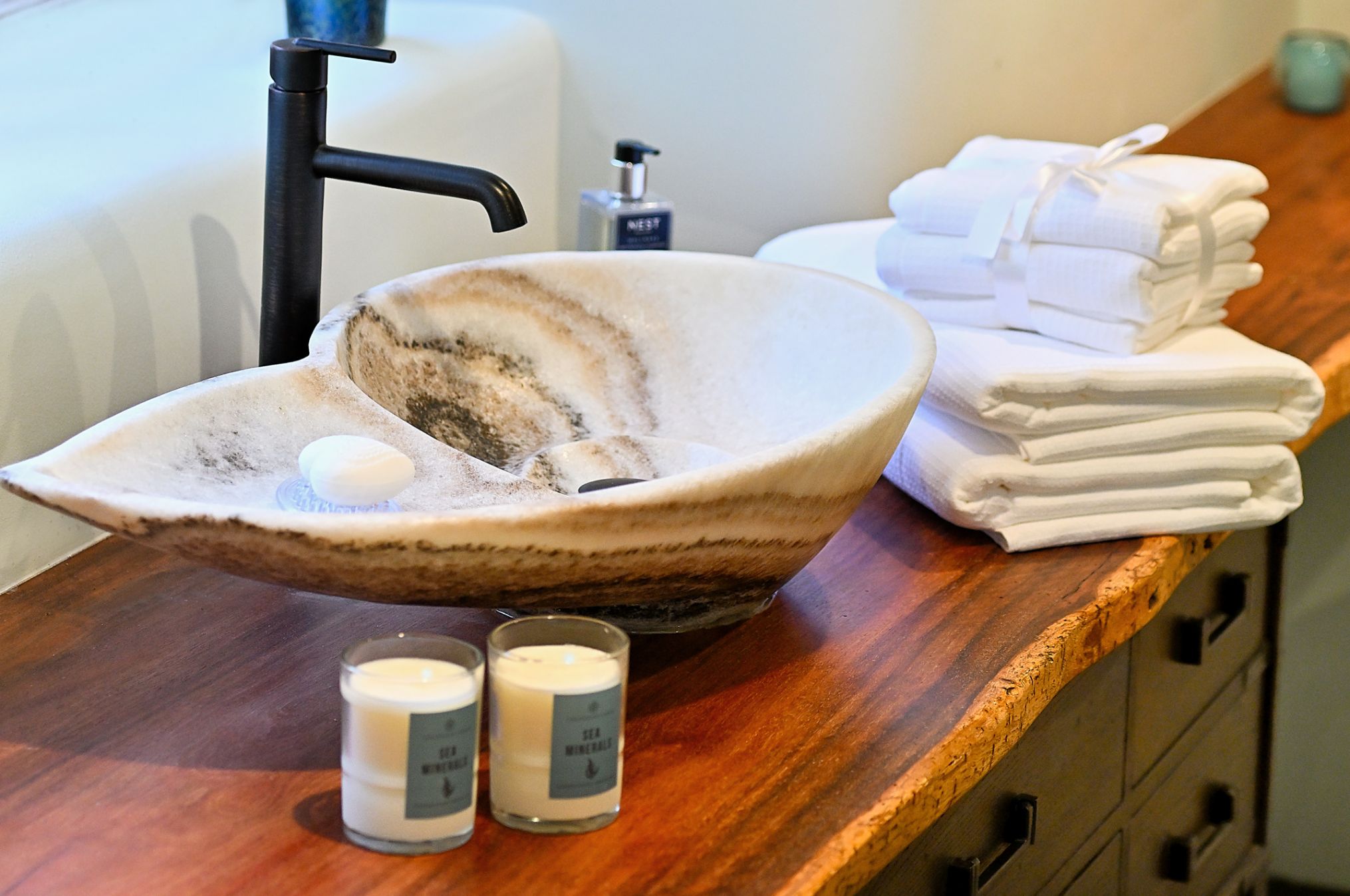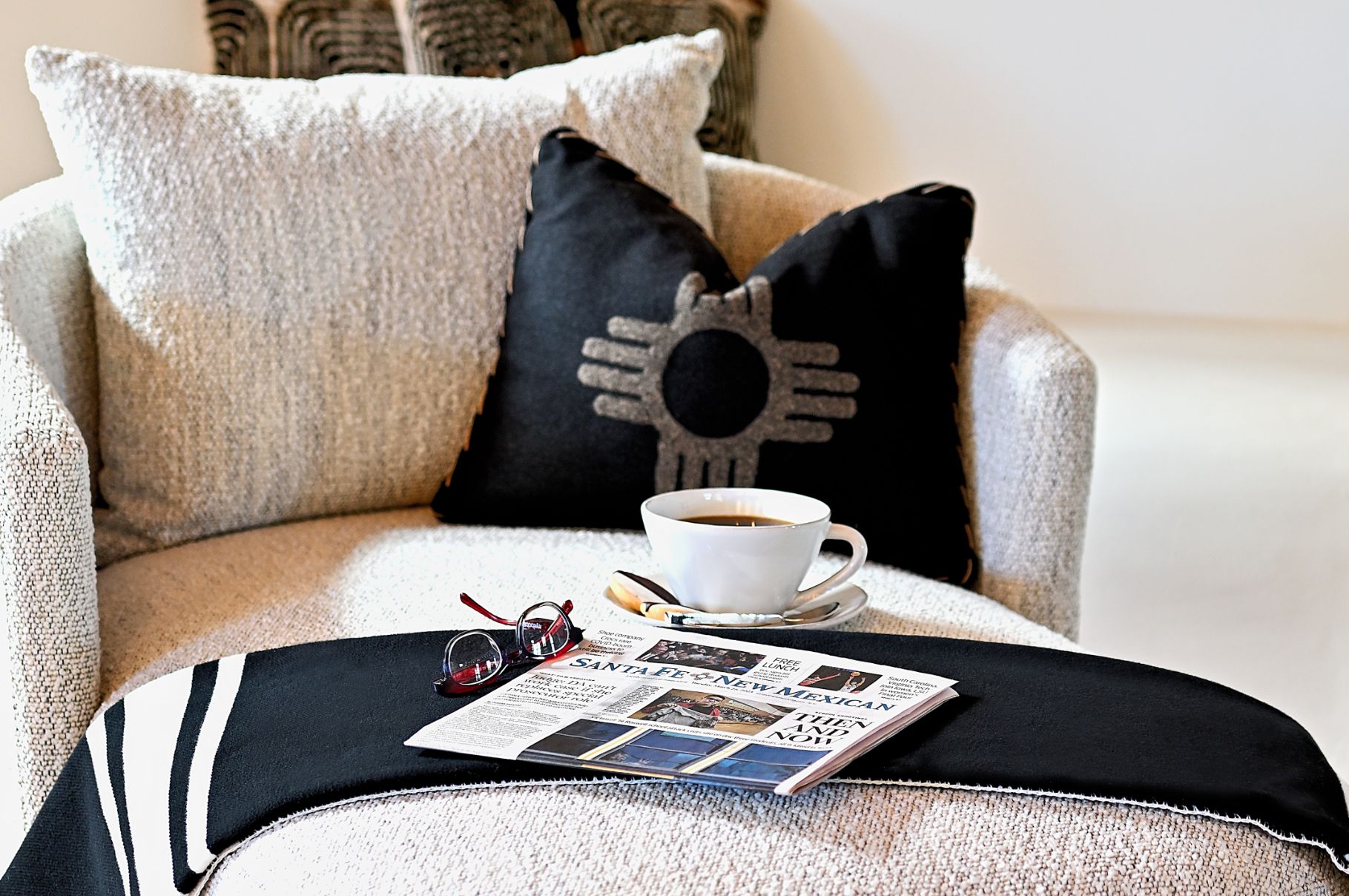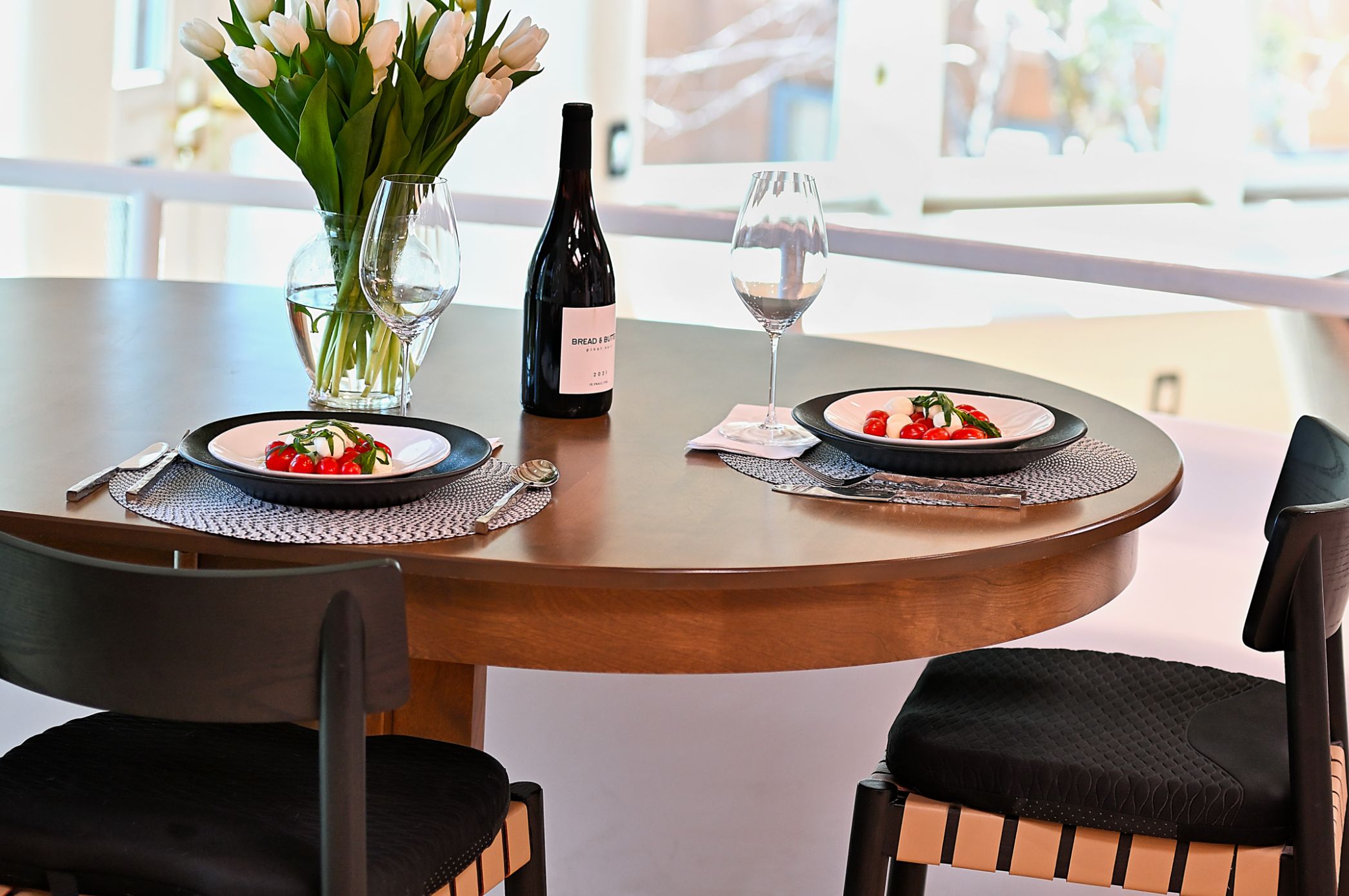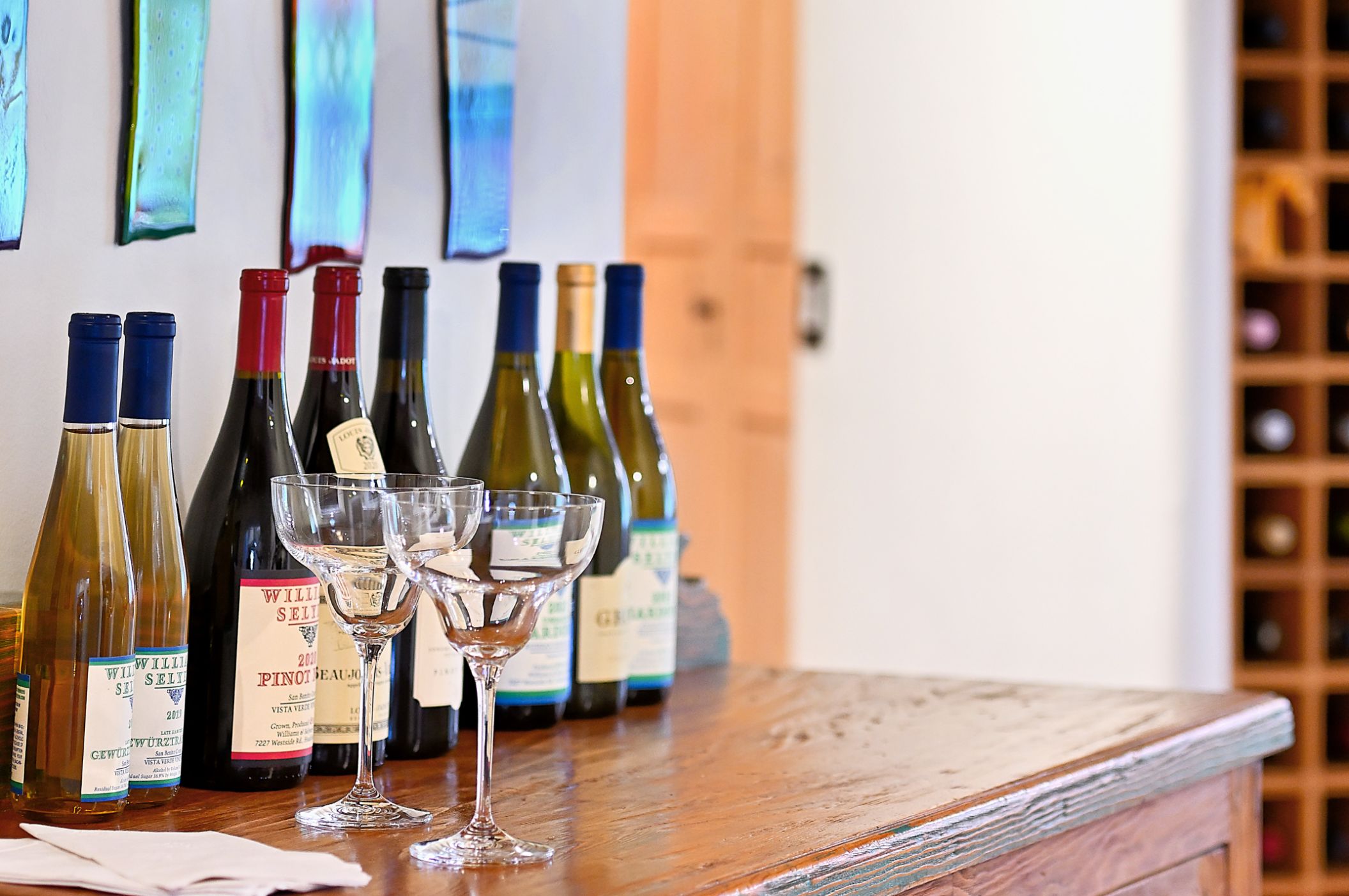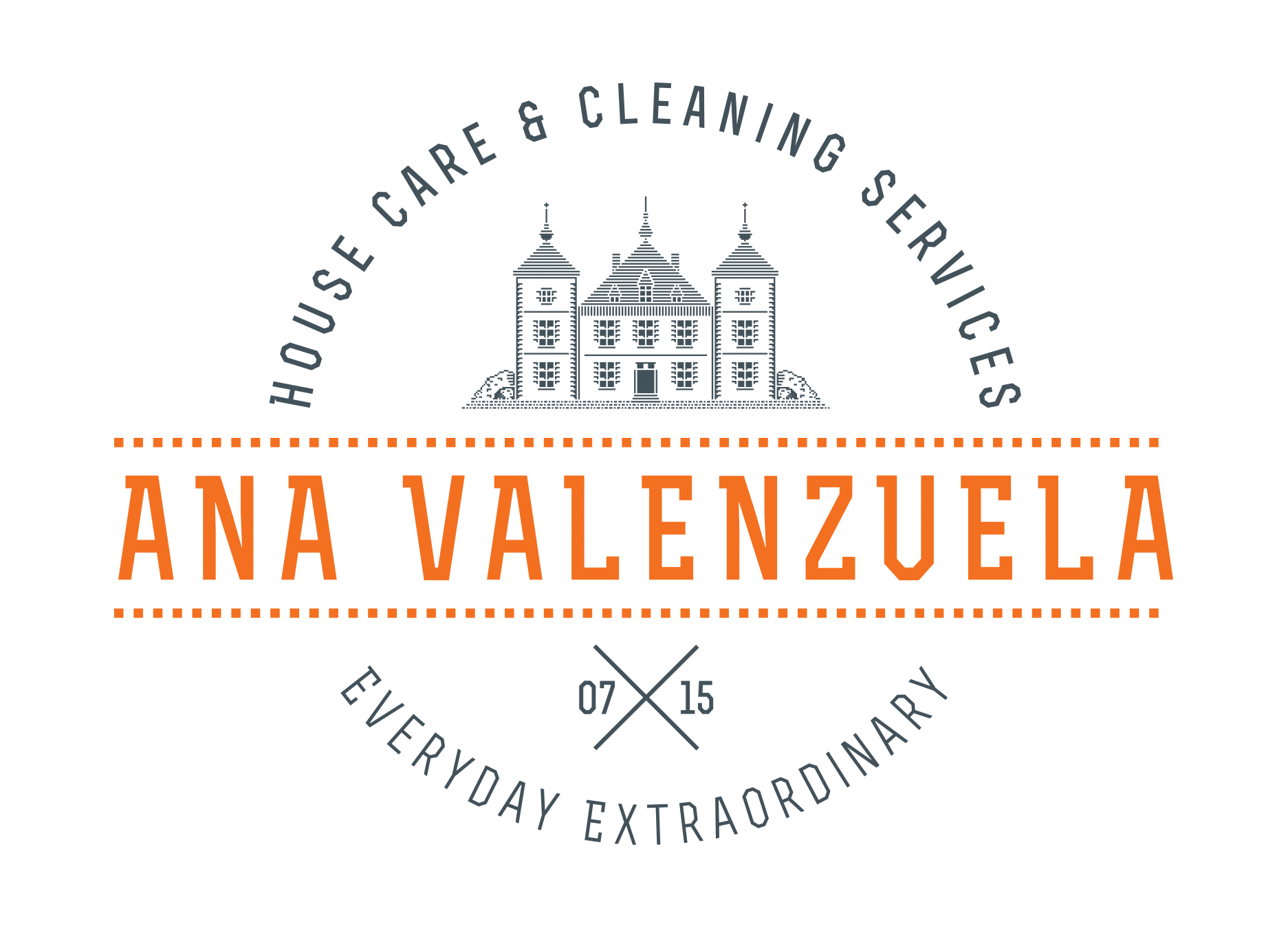How to Clean Cloudy Tumblers and Crystal Glassware
Archaeological evidence suggests that glass has been around since 3500BC in Eastern Mesopotamia and Egypt. It was only during the revolutionary period of the 1890s that innovation was taken into glass crafting and drinking vessels made from the material came into popular use and became a kitchen accessory.
When we think of glass, many of us are ignorant to the fact that several types exist. In terms of drinking vessels, the most common type is composed of “soda-lime glass”.
Soda-lime glass is made of lime, soda and silica and tends to be of a thick cut. It is very cheap to make and the most common type of glass given how it is composed of naturally-made and easily accessible materials.
However, more formal and decorative glasses are made from crystal (technically known as lead glass), characterised by its thinner cut making it distinguishable from soda-lime.
This so-called crystal is identified as lead glass which contains more than a 1% content of lead monoxide. It is also comprised of silica, lead oxide, soda or potash, and other additives.
Crystal is most commonly used in wine glasses and more decorative glassware. It can be distinguished from glass for its near-perfect clarity, the thinness, smoothness and the more weighty feel.
Martha Stewart provides great tips to wash crystal cups and glasses. Line the sink with a flat, pop-up sponge and pour in boiling hot water. Put gloves on and cover another smaller sponge, in washing detergent, using it to wipe over the crystal glass.
To dry the crystal, a flour-sack is highly recommended rather than letting it air-dry. For tougher stains consider adding a tablespoon of vinegar or a bit of lemon juice to the water. Under higher temperatures, crystal can crack so a dishwasher is not recommended unless it has a temperature control setting specifically targeted for crystal.
For more common, cloudier glasses, the process is simple. For convenience, they can be placed under the regular setting of a dishwasher, adding a ¼ cup of vinegar.
For manual cleaning, put the glass under hot water with a small amount of washing detergent. Then turn the glass upside-down and let it air dry. If too much detergent is used, white streaks can form. This can also be caused by hard water.
To remove white streaks, white toothpaste is a good solution as suggested by lifehacks. Scrub it around with a toothbrush and rinse the glass.This will give the cloudy, soda-lime glass its shine back. Alternatively, vinegar can be used for the same effect.
Whereas common tumblers can be stored in a dry cupboard, crystal glasses require more care.
If you have stemware and want to display it, consider a stemware rack to hang them upside-down. For other types of crystal glassware, or if you do not have a stemware rack, place them base-up for short-term storage. A fancy glassware cabinet placed next to the dining table adds formality to a meal, and encourages you to use your crystal glassware more often.
If you are afraid of chipping or breaking your more formal glasses while attempting to wash them, contact us for our cleaning services in Santa Fe, NM. Our maid services would perfectly suit this need, and we can make sure your glassware is in perfect shape for the next formal occasion.

